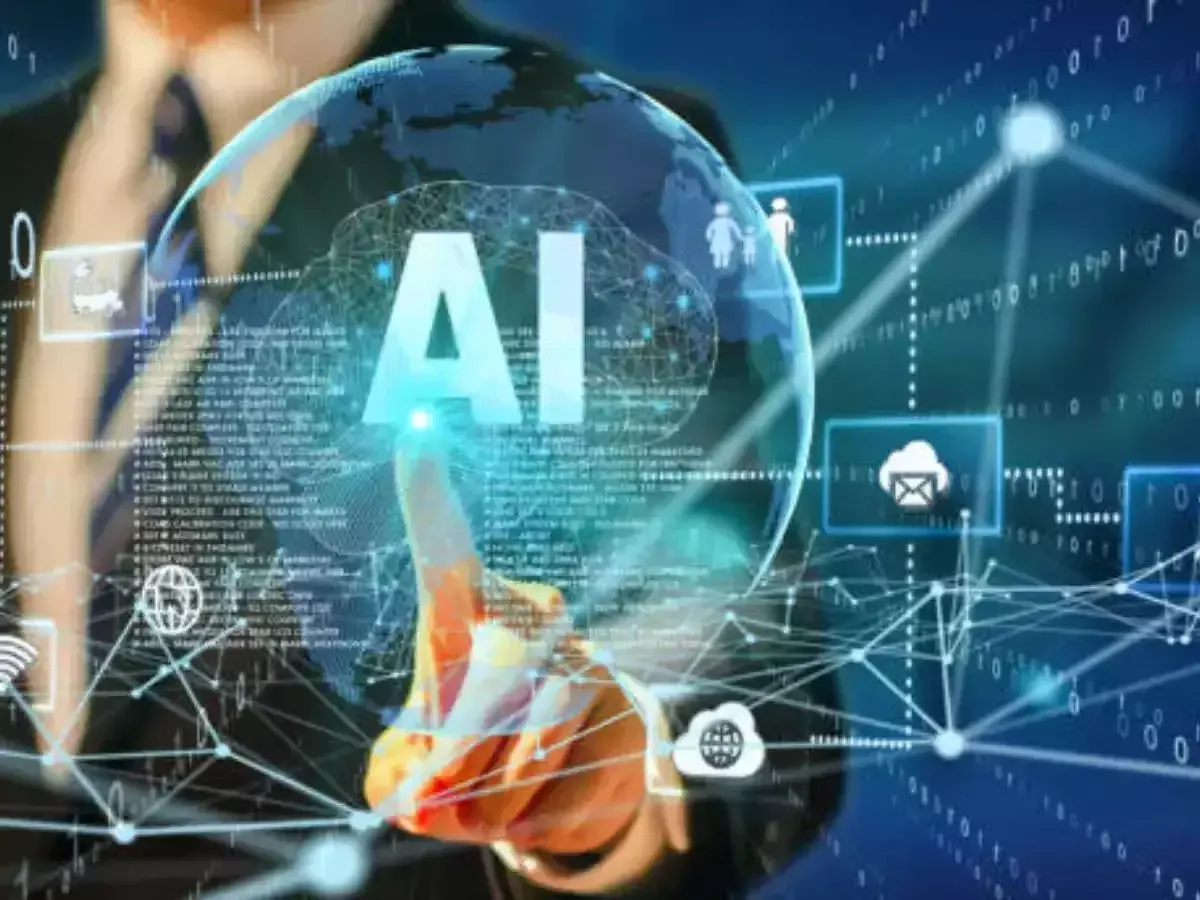Artificial Intelligence (AI) is transforming the workplace by automating tasks, enhancing productivity, and providing data-driven insights. Whether you're in a corporate office, a small business, or working remotely, AI tools can streamline your work processes and improve efficiency. Here's a guide on how to effectively use AI for various aspects of your job.
Automating Repetitive Tasks
AI can take over mundane tasks, allowing you to focus on more strategic activities. Here are some examples:
Email Management: AI tools like Gmail’s Smart Reply and Smart Compose can help draft emails quickly.
Scheduling: Tools like x.ai and Clara can automatically schedule meetings by interacting with your calendar and contacts.
Data Entry: AI-powered OCR (Optical Character Recognition) software can automate data entry from scanned documents.
Enhancing Communication and Collaboration
AI facilitates better communication and collaboration among team members:
Chat bots: Implement chat bots like Slack bot or Microsoft Teams’ built-in bots to answer common questions and provide information quickly.
Language Translation: Use AI-powered translation tools like Google Translate or DeepL to overcome language barriers in multinational teams.
Meeting Transcriptions: Tools like Otter.ai can transcribe meetings in real-time, making it easier to refer back to discussions and decisions.
Improving Decision-Making with Data Analysis
AI can analyze vast amounts of data to provide insights and support decision-making:
Data Visualization: Tools like Tableau and Power BI use AI to create interactive data visualizations.
Predictive Analytics: Use AI for forecasting trends and outcomes with tools like IBM Watson or Salesforce Einstein.
Customer Insights: AI can analyze customer data to provide insights on behavior, preferences, and feedback, helping you tailor your services or products accordingly.
Enhancing Marketing and Sales
AI-driven tools can boost your marketing and sales efforts:
Personalization: AI algorithms can personalize content and recommendations for users, enhancing engagement. Tools like Dynamic Yield and Persado are excellent for this.
Lead Scoring: Use AI to score and prioritize leads based on their likelihood to convert, with platforms like HubSpot and Marketo.
Ad Optimization: AI tools like Google Ads and Facebook Ads Manager can optimize your ad spend by targeting the right audience segments.
Boosting Customer Service
Enhance customer service with AI technologies:
Chatbots: Deploy AI chatbots like Drift or Intercom to handle customer inquiries 24/7.
Sentiment Analysis: Tools like MonkeyLearn can analyze customer feedback and social media mentions to gauge sentiment and respond appropriately.
Virtual Assistants: Use AI assistants like Amazon Alexa for Business or Google Assistant to help customers find information quickly and easily.
Streamlining HR Processes
AI can optimize various HR functions:
Recruitment: Tools like HireVue and Pymetrics use AI to screen resumes and conduct initial interviews.
Employee Onboarding: Use AI to automate the onboarding process with platforms like Talmundo or BambooHR.
Performance Management: AI-driven analytics can provide insights into employee performance, helping managers make informed decisions.
Enhancing Creativity
AI can also support creative processes in the workplace:
Content Creation: Tools like GPT-3 by OpenAI can generate content, write reports, and even draft marketing copy.
Design Assistance: AI tools like Canva and Adobe Sensei can assist with graphic design, suggesting layouts, color schemes, and improvements.
Idea Generation: Platforms like IdeaFlip use AI to facilitate brainstorming sessions and generate new ideas.
Best Practices for Integrating AI
Start Small: Begin by integrating AI tools for specific tasks and gradually expand their use as you become more comfortable.
Training: Ensure that employees are adequately trained to use AI tools effectively.
Data Privacy: Be mindful of data privacy and security when using AI, ensuring compliance with relevant regulations.
Monitor and Evaluate: Continuously monitor the performance of AI tools and evaluate their impact on your work processes, making adjustments as necessary.
By leveraging AI for work, you can increase efficiency, improve decision-making, and enhance overall productivity. As AI technology continues to evolve, staying updated with the latest tools and trends will ensure you make the most of these powerful resources.























































































































































































































































































































































































































